1. Vultures: Disease Fighting Scavengers
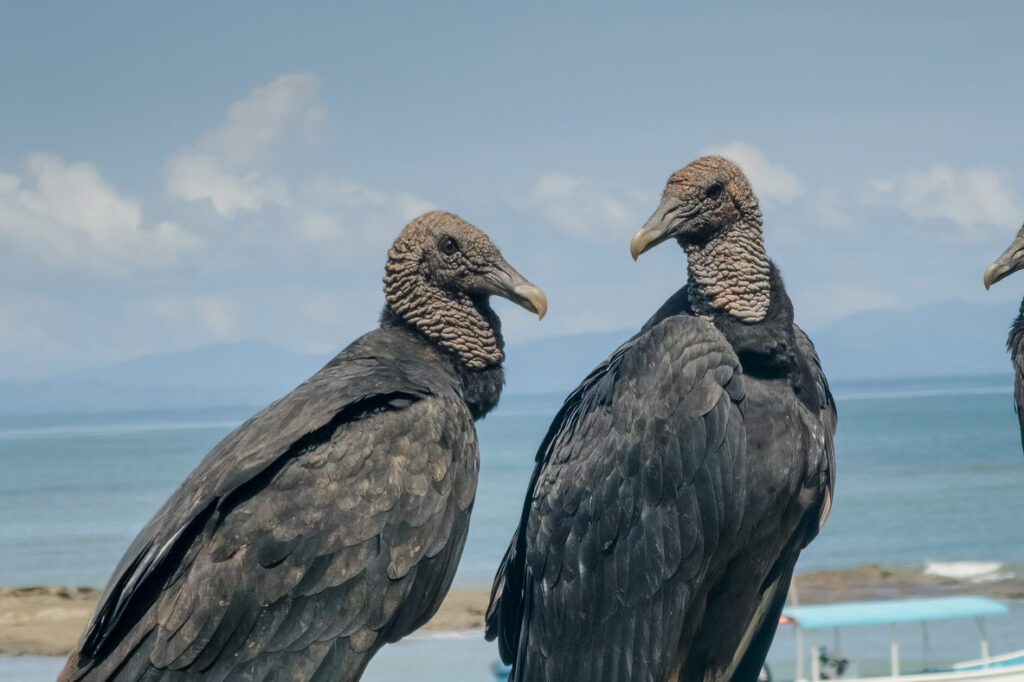
It is easy to dismiss vultures as ugly sky watchers, but their place in nature is extraordinary. Their stomach acid is so strong it can dissolve anthrax, rabies, and cholera, keeping deadly outbreaks at bay. By feasting on carcasses, they stop disease before it spreads. In some regions, their clean up efforts have quietly saved thousands of lives. They are often overlooked or disliked, yet they do the invisible work of keeping ecosystems healthy. Nature sometimes hides its strongest protectors in the most unlikely forms, and vultures prove that even the unloved can be heroes.
2. Hyenas: Bone Crushing Cleaners
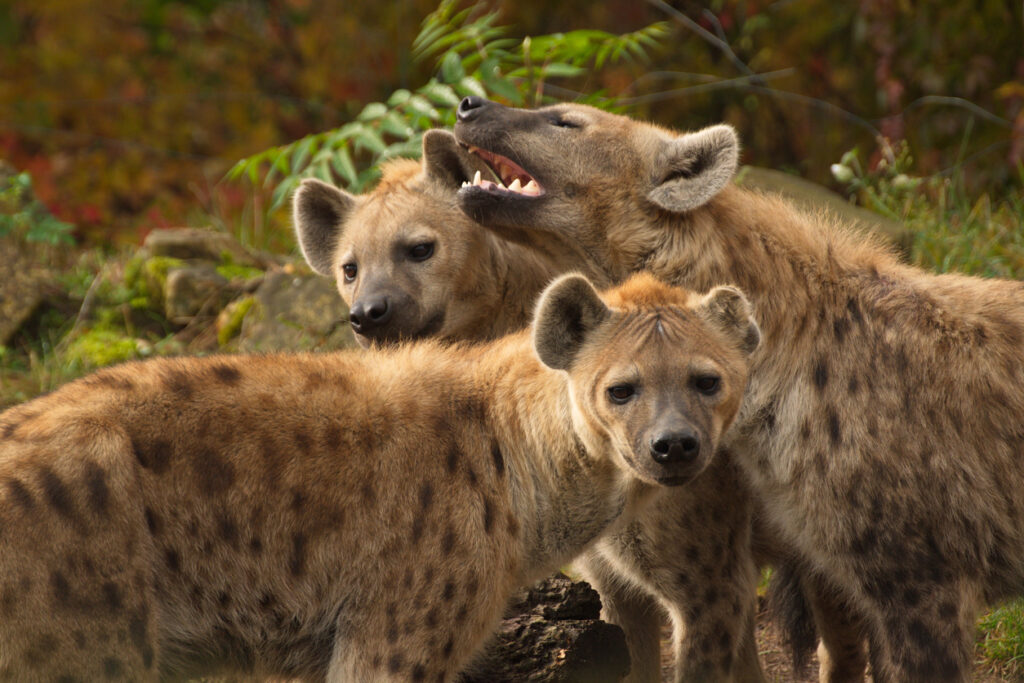
Hyenas often carry the weight of being misunderstood, yet their power is undeniable. With jaws that can deliver over 1,100 pounds of pressure per square inch, they can crush through thick bones with ease. Their digestive systems are designed to handle everything from skin to skeleton, leaving nothing to waste. By consuming entire carcasses, they prevent rot and disease from spreading across the plains. While people may laugh at their eerie calls, hyenas are vital cleaners of the wild. They teach us that even the creatures seen as rough and unruly can be quiet guardians of balance.
3. Rats: Urban Survival Experts
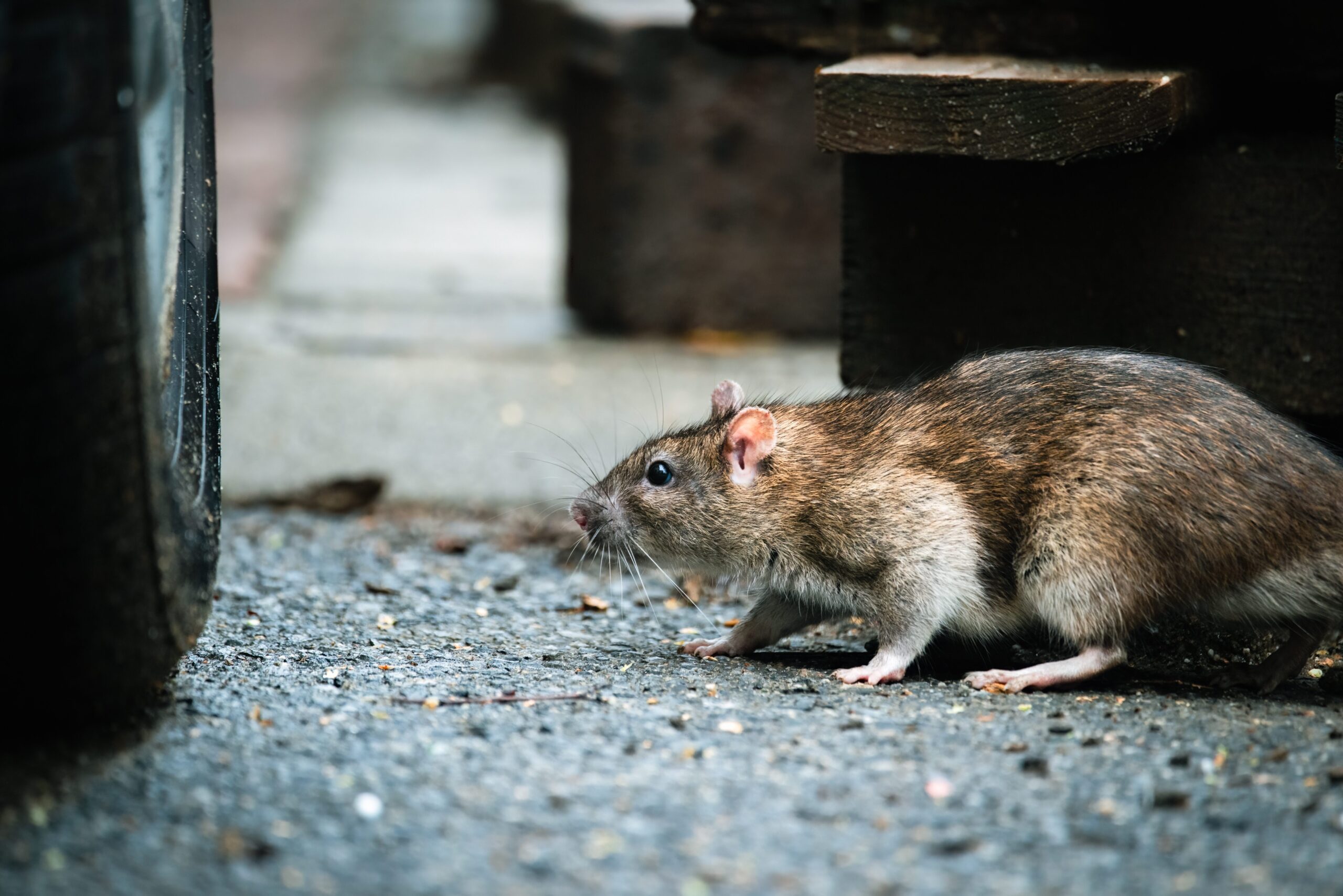
Rats are creatures people rarely admire, but their resilience is unmatched. They can tread water for three days, leap safely from five story heights, and slip through holes no bigger than a quarter. In cities, they navigate underground tunnels, climb walls, and even sneak onto trains in search of food. While humans see them as pests, they are examples of sheer survival skill in urban jungles. Their ability to thrive alongside us shows a strange form of adaptability. Rats remind us that survival sometimes belongs not to the strongest, but to those who learn to bend.
4. Pigeons: GPS Champions

Pigeons are often reduced to city nuisances, but their natural abilities are remarkable. They can navigate home from over a thousand miles away, guided by the magnetic field of the earth, the position of the sun, and even subtle sounds we cannot hear. Their homing instinct has been trusted through history, carrying crucial messages when no other method could succeed. The accuracy with which pigeons find their way reveals a skill that borders on miraculous. They are not just birds in the park, they are ancient navigators whose quiet gifts once shaped the course of human survival.
5. Honey Badgers: Venom Resistant Warriors
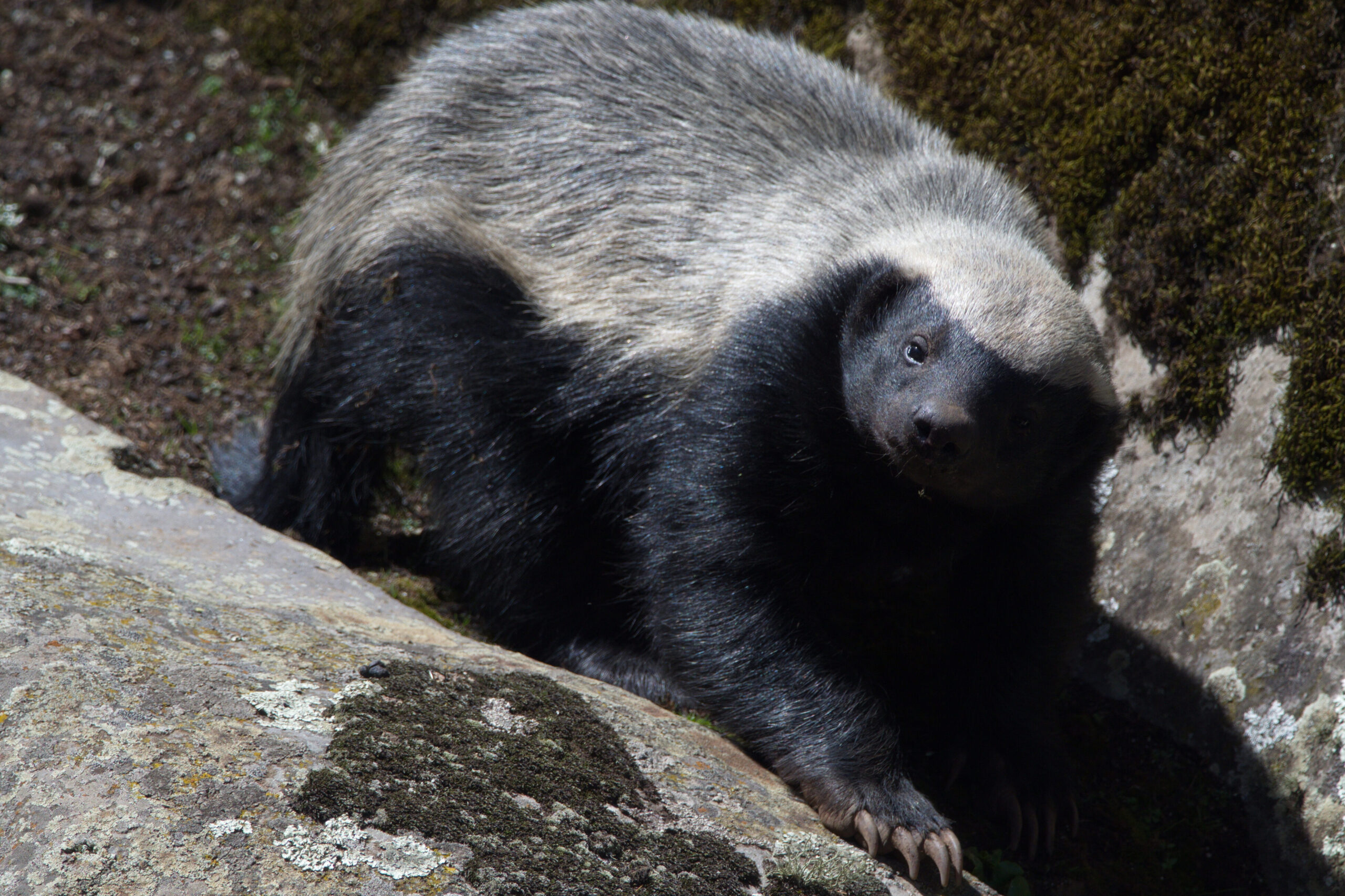
Honey badgers carry an unmatched spirit of defiance. Immune to cobra venom, unbothered by lions, and capable of digging through traps, they are symbols of fearlessness. They raid hives for honey, steal food from predators ten times their size, and never give up after failure. Their determination is raw and unrelenting, showing how grit can outshine size or strength. They move through the wild with a confidence that few creatures dare match. Honey badgers remind us that toughness is not about appearance, but about persistence, resilience, and the will to keep trying no matter what.
6. Cockroaches: Radiation Survivors
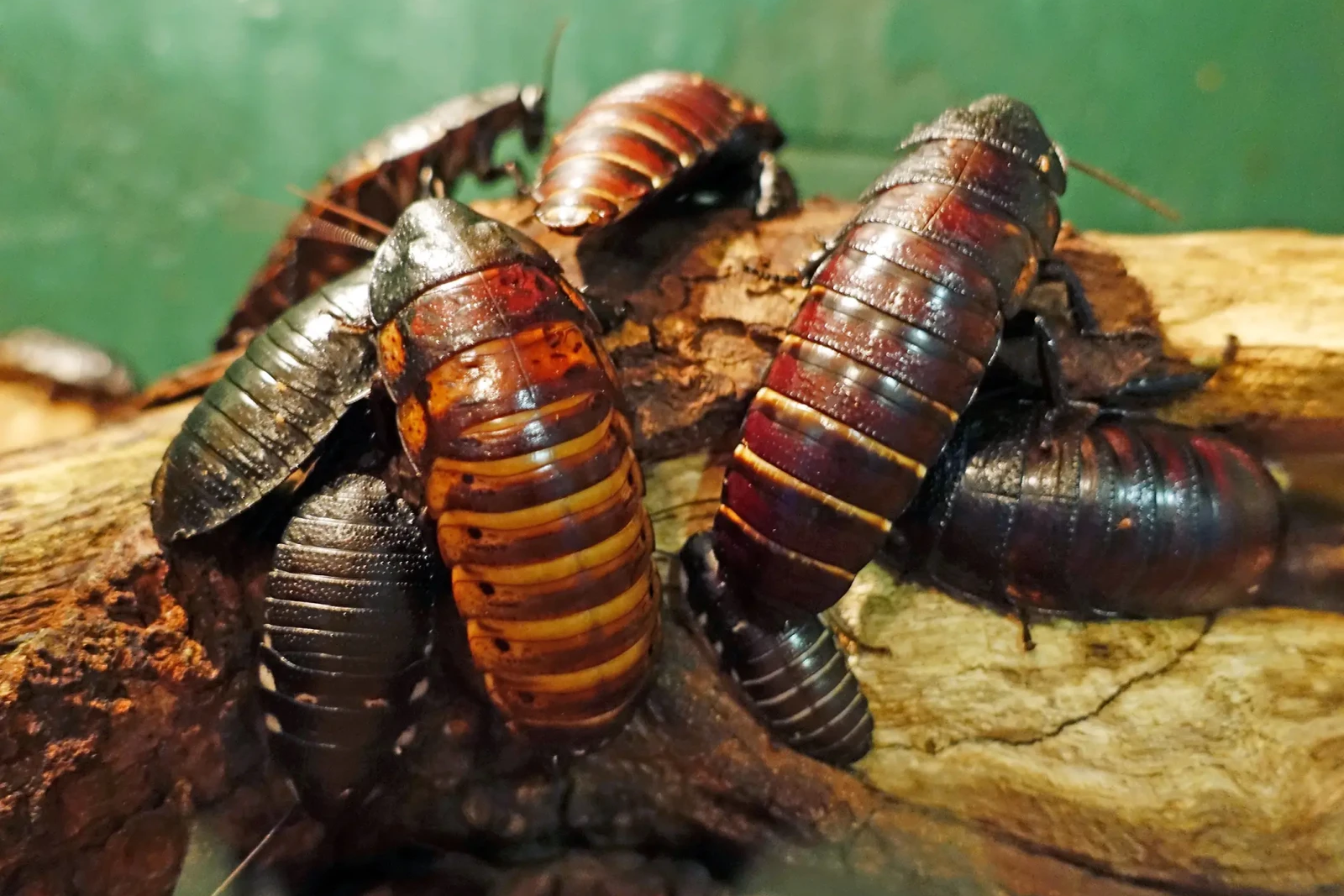
Cockroaches are the last animals most people want to think about, yet their survival skills are extraordinary. They can endure radiation far beyond human limits, with bodies designed to withstand disasters that would wipe out most life. They can even live for weeks without a head, their open circulatory system keeping them alive until they starve. It may be unsettling, but it speaks to their incredible resilience. Cockroaches are not loved or admired, but in a world that changes fast, they are steady reminders that adaptation is sometimes the greatest gift for staying alive.
7. Tasmanian Devils: Powerful Night Predators
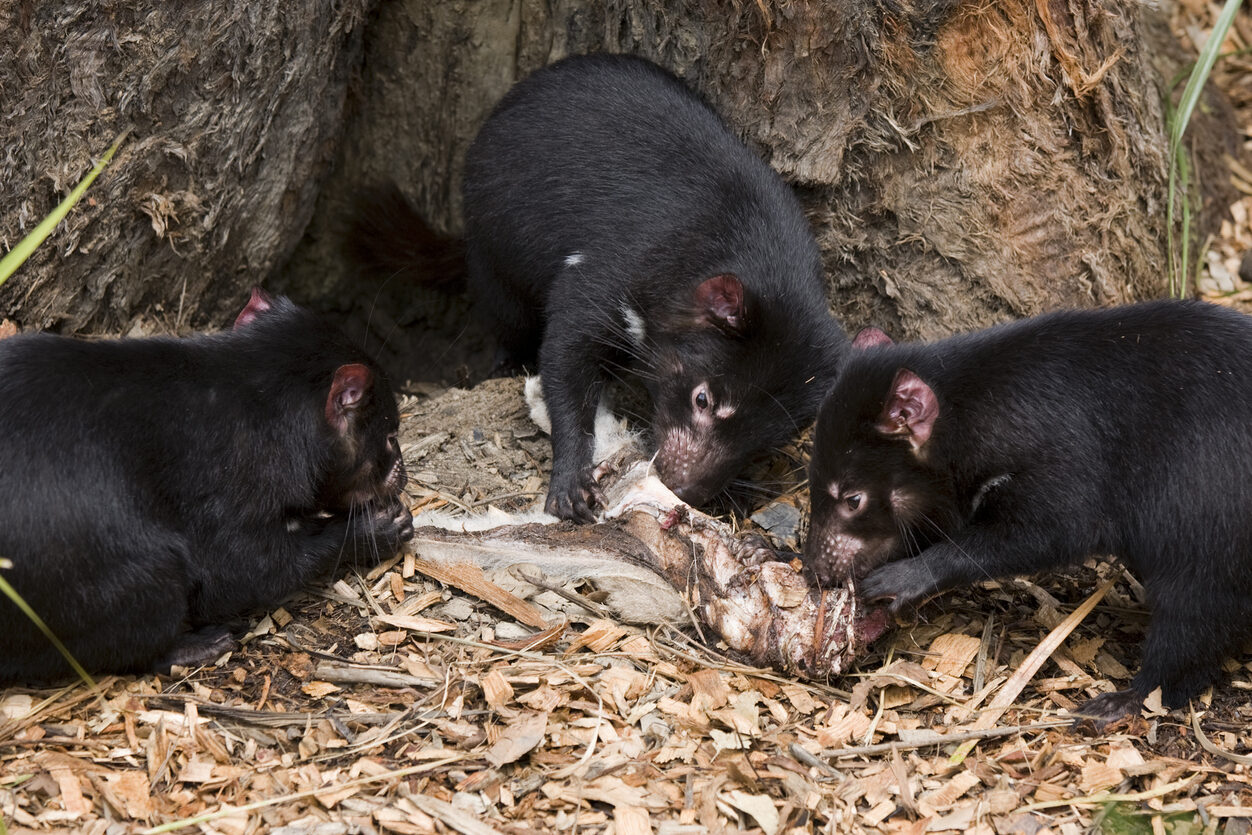
Tasmanian devils carry a wild reputation, but behind it lies one of the strongest bites for their size in the animal kingdom. At night, they use their powerful jaws to consume prey completely, bones and all, ensuring nothing is wasted. Their eerie calls may seem frightening, yet they are skilled recyclers of the wilderness, reducing waste and maintaining balance. These compact animals embody raw power and efficiency, turning every meal into a clean sweep. Tasmanian devils may look fierce, but their strength is also their service, showing that even chaos can quietly bring harmony to nature.
8. Wasps: Surgical Stingers
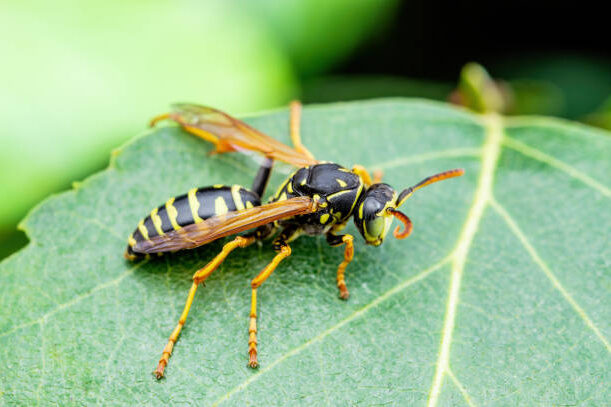
Few creatures inspire unease like wasps, but their precision is remarkable. Some species can recognize individual human faces, while others use their stingers like surgical instruments, paralyzing prey with exact control. Their venom is not just a weapon for defense, but a tool for survival, giving them the ability to hunt with accuracy. While people focus on their sting, wasps are also natural pest controllers, balancing ecosystems by keeping other insect populations in check. They may be seen as menacing, but their role is delicate, showing that even feared creatures can serve with careful purpose.
9. Termites: Master Builders
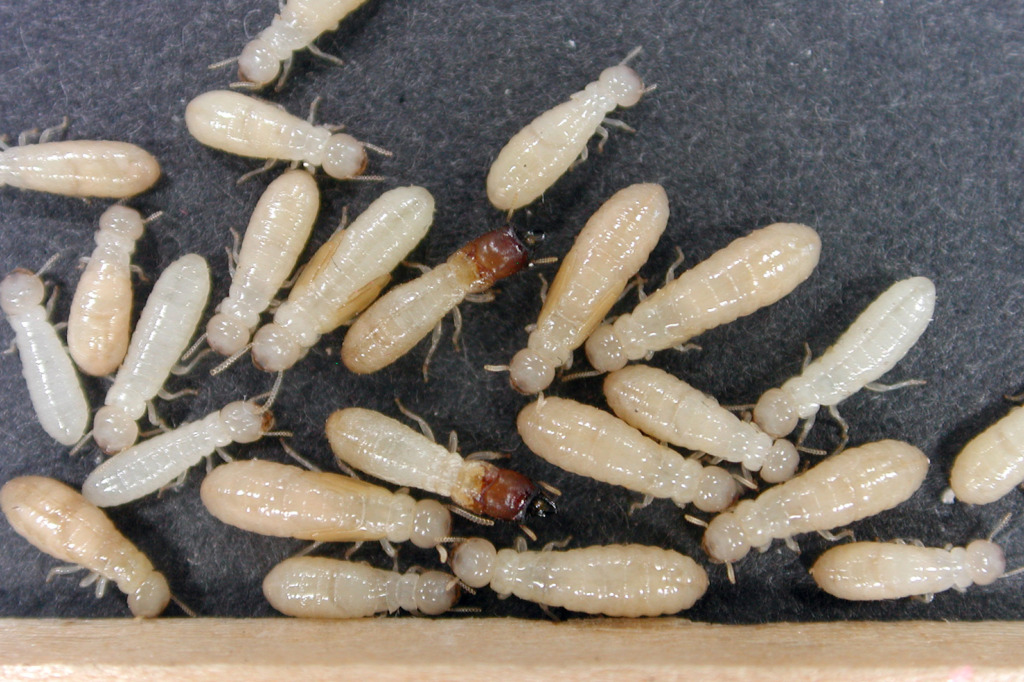
Termites are often known for destroying wood, but in nature their skill at construction is astonishing. Without blueprints or leaders, they build towering mounds with perfect ventilation systems that regulate temperature and humidity. Each mound can house millions, all working together in harmony like a living machine. Their teamwork transforms tiny bodies into master architects of the wild. These structures are marvels of design, often more efficient than buildings created by humans. Termites may be small and unwelcome in homes, but in their own world, they are brilliant builders shaping landscapes with quiet genius.
10. Dung Beetles: Cosmic Navigators
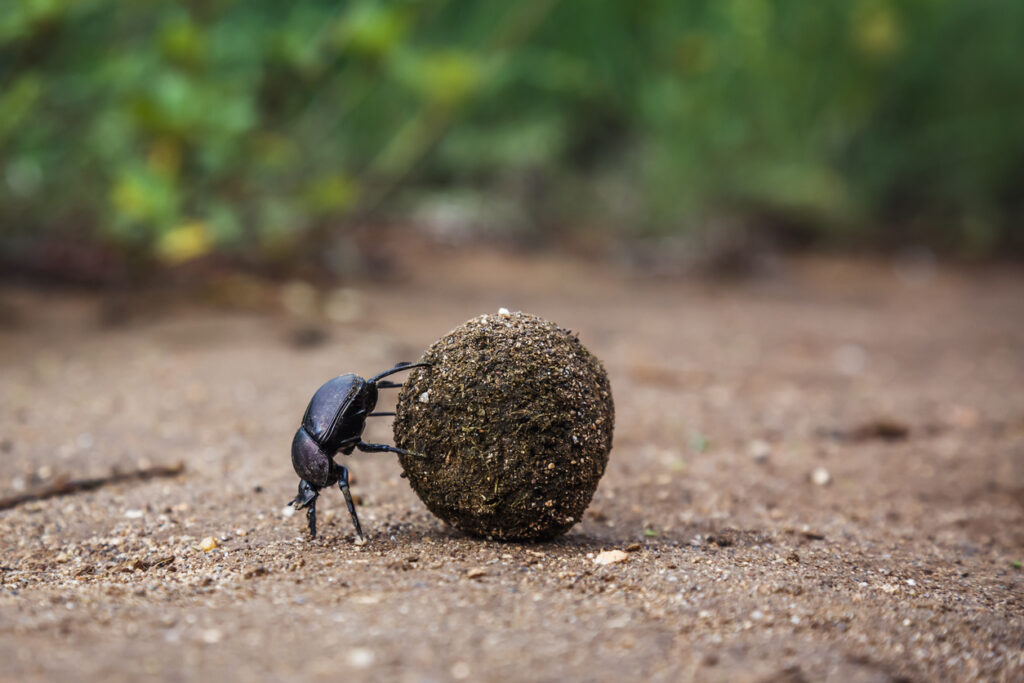
Dung beetles may seem laughable as they roll their smelly cargo, but their guidance system is extraordinary. They navigate by the Milky Way, rolling dung balls in straight lines even on moonless nights. This cosmic connection makes them the only known insects to use the stars for orientation. Their small efforts are crucial, recycling waste and enriching soil while following paths written in the heavens. Watching them at work shows a surprising beauty, as if they are tiny astronomers with an earthly job. They remind us that wonder often hides in the smallest, most humble forms.
11. Three Toed Sloths: Masters of Disguise
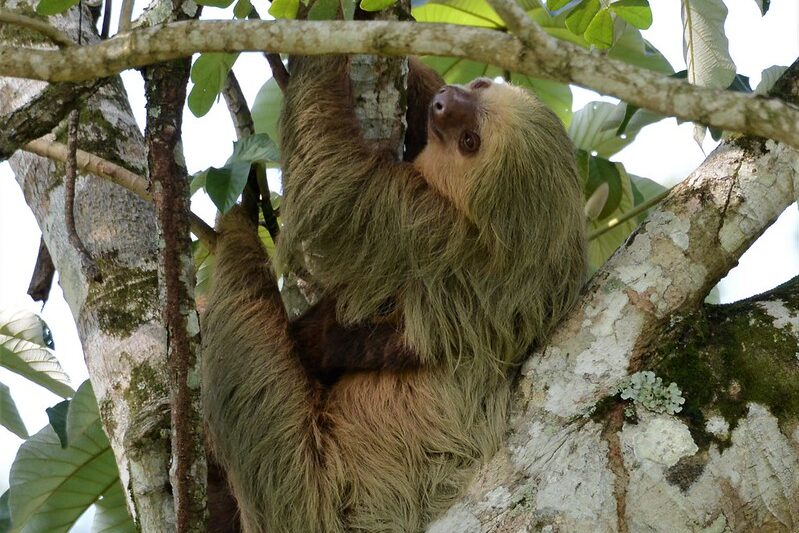
Sloths move so slowly that they almost disappear into their surroundings. Green algae grows in their fur, blending them into the rainforest canopy and making them nearly invisible to predators. Their sluggish pace, which seems lazy to us, is in fact a shield, allowing them to go unnoticed in the treetops. By living quietly, they have mastered the art of survival without speed or strength. Their lifestyle proves that sometimes the best defense is patience and stillness. Sloths show us that invisibility can be its own form of power, hidden in the rhythm of unhurried life.
12. Proboscis Monkeys: Nose Powered Amplifiers
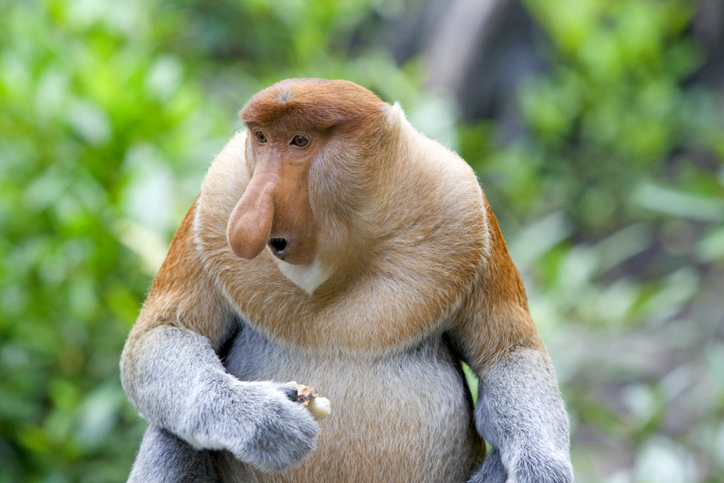
Proboscis monkeys look unusual with their long floppy noses, but those noses have purpose. The males use them like amplifiers, projecting loud calls that echo across the forests of Borneo. The bigger the nose, the more powerful the call, impressing females and warning rivals. Their appearance may seem comical to humans, but in their world, size signals strength and desirability. These monkeys turn what looks strange into an advantage, showing that uniqueness often carries meaning. They remind us that beauty and power are not always about fitting in, but about using what makes you different.
13. Leopard Slugs: Slime Engineers
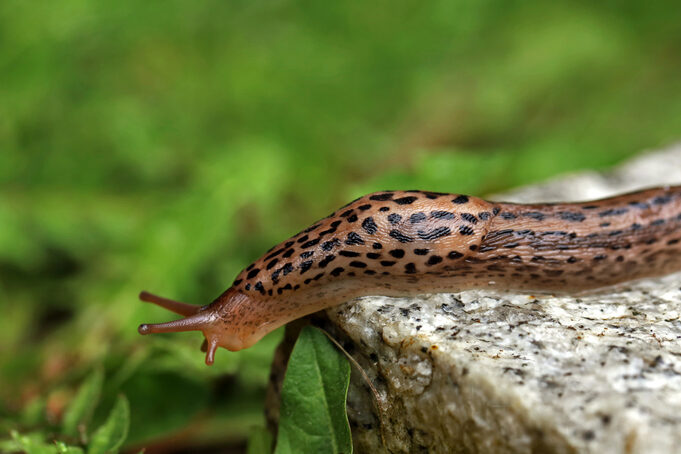
Leopard slugs may not win hearts, but their slime is extraordinary. It is strong enough to inspire medical adhesives and versatile enough to support elaborate mating rituals. When they dangle from slime threads to mate, they look like aerial dancers suspended in the night. Their mucus is both protection and innovation, showing how nature can create powerful solutions in unexpected places. What seems like simple slime is actually an engineering marvel with lessons for science and medicine. Leopard slugs prove that even creatures most people overlook can carry secrets that inspire human invention.
14. Aye Ayes: Nighttime Precision Hunters
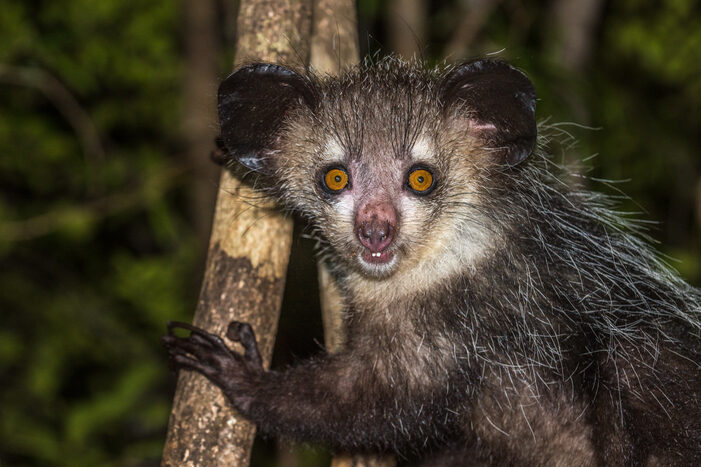
Aye ayes are strange looking primates, often misunderstood, but their hunting method is unlike any other. They tap on wood with their elongated fingers to detect insect larvae hidden inside, then use those same fingers to scoop them out with accuracy. Their hearing is sharp enough to pick up the faintest echoes, turning darkness into an advantage. What seems odd to humans is in fact ingenious, giving them access to food others cannot reach. Aye ayes show us that survival sometimes comes from embracing the unusual, proving that difference is often the key to success.
15. Lampreys: Living Fossils with a Bite
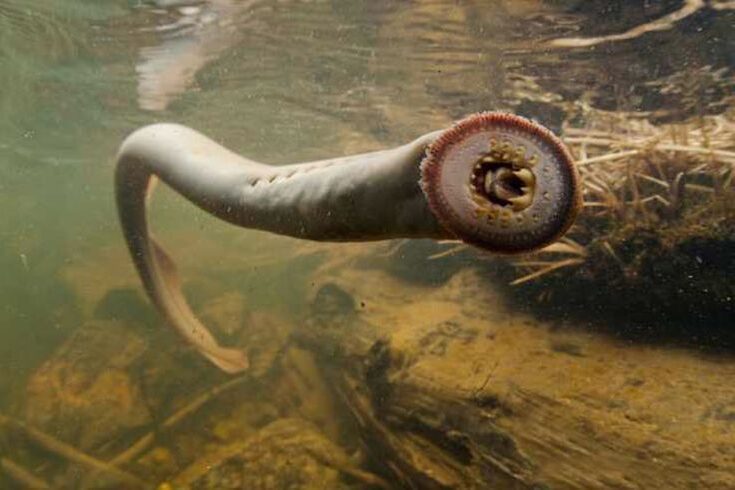
Lampreys are jawless fish with circular mouths lined with teeth, and they have been around for over 360 million years. They attach to other fish to feed, using suction and persistence to survive. Their design has remained largely unchanged since before the age of dinosaurs, making them true living fossils. While their method of feeding can seem harsh, their endurance across time is remarkable. Lampreys show that sometimes survival does not require constant change, but instead the ability to last through ages. In their strange persistence, they remind us that even the oddest creatures carry timeless power.
This story The Astonishing Superpowers of Nature’s Most Unloved Animals was first published on Daily FETCH


